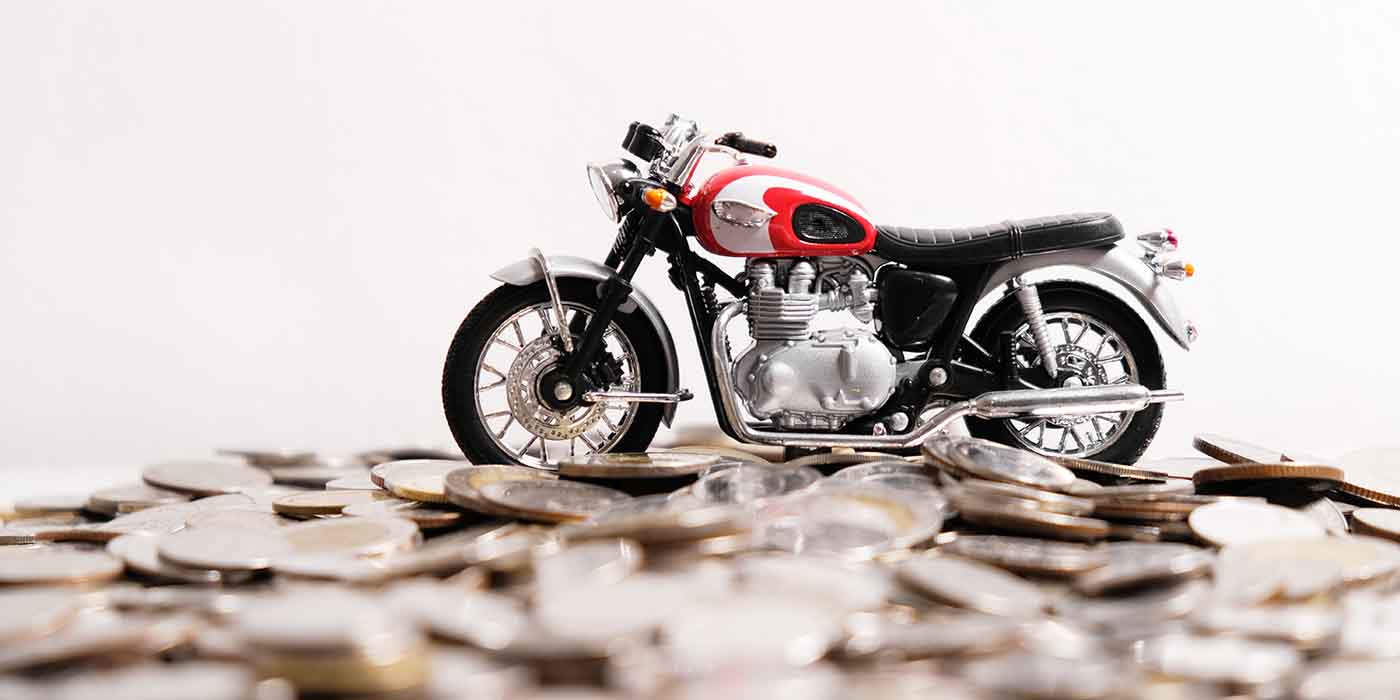Due to supply-chain issues, it looks like there will continue to be limited motorcycle supply for the next year or so. If things stay the same, supply (low) and demand (high), profitability per bike sold will continue.
But what if it doesn’t?
The party-crashers could be interest rates and consumer exhaustion. With the “Fed” looking to boost rates quite a bit this year and with consumers who can pay over MSRP starting to thin out, where will dealers’ profit margins come from then?
Just as having a line of credit helps a company manage potential upside (to grow your company) and downside (to manage cash flow, if needed), managing safety recalls — in good times and bad — is just good business.
What Do Best-Practice Dealers Do?
Best-practices dealerships know that by managing safety recalls, they can profit during the entire vehicle’s entire lifecycle.
At Acquisition (Before)
Imagine that upon trade-in or at auction, you could know — with certainty — that an otherwise-clean, low-mileage motorcycle has an open safety recall? If there’s a remedy and it’s in-brand, that is a profit opportunity. If it has no remedy and is off-brand, that is a profit-reduction “opportunity.”
Your liability will increase dramatically when you purchase someone else’s problem — especially if you don’t know it when you’re making a buying decision.
If you don’t have that information at your fingertips, then you are buying blind.
Now, imagine that the vehicle is off-brand and has a safety recall under a Stop Sale order. If you’re in Tennessee or Pennsylvania (or a state with a law that’s headed that way), you will be unable to sell it.
If the recall has a remedy (and parts available) and is in-brand, knowing the warranty reimbursement opportunities provides better buying knowledge.
While in Inventory (During)
For dealers who own bikes, there are many financial impacts due to safety recalls, both positive and negative. And, there are additional profit opportunities to be found by automating a “find recalls” service. The most obvious is the additional warranty reimbursement from “found” recalls.
However, there are more impacts to be considered when weighing a decision about whether to automate recall management or not. Just some of these potential impacts are:
- Costs and time lost trying to manage recalls manually
- Service bay inefficiencies
- Lost sales due to not knowing until retailing vehicle
- Additional warranty reimbursement
- Holding costs: vehicles with and without remedy
- Holding costs: in-brand and off-brand vehicles
- Holding costs: vehicles with Stop Sale recalls
- Acquisition costs.
Managing this information manually delays repairs and can cut into your profits.
After Sale (After)
“There’s money in the VINs!” Setting up a weekly report where you can continually monitor your customers’ bikes for safety recalls can provide you a steady stream of profit possibilities. If you think of these vehicles as your “sold inventory,” then you can implement a similar process to entice your customers to return.
With defection to independent repair shops, bringing back your customers not only increases your customer service index/custom experience (CSI/CX) scores, but your customers may be enticed to come in more regularly, since you are taking such great care by watching out for them.
If you are relying on manual processes, you will undoubtedly miss these opportunities — in addition to increasing in your liability. You may want to think of it as insurance that pays for itself. How else can you accomplish that?
Mark Paul is the president and CEO of AutoAp Inc. and the author of “Safety Recalls: Think You’re Covered?” For more information about safety recalls, visit www.autoap.com and www.profitfromrecalls.com.














